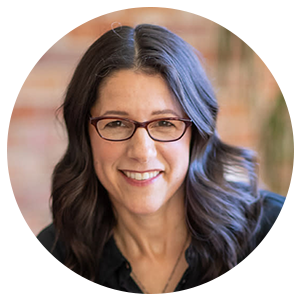Connecting with Younger Clients: Finding Freedom from the Myth that You have to Fix or Save Them
A lot of the questions I get from practitioners working with younger clients focus on how to handle certain issues, what to say to them, how to say it, what to do.
Often the dilemma is that the problems young people have are so different from what they themselves faced growing up.
I’m 49, for example, so I didn’t have to navigate social media as a 14-year-old, I never had to balance homework with screen-time. My teen clients face very different career path issues than I faced.
And for many practitioners and parents, they didn’t have mood swings, they didn’t struggle in academics, or their social life was fairly simple and easy.
So they have no idea what to say or offer a teen dealing with crippling academic pressure, social anxiety, rage, bullying, or depression.
But what I’ve found with struggling young clients is that what you say to them doesn’t matter much. What they really care about is the feeling you bring into the room.
When you work with a struggling young person (or you’re raising one), I’d like to suggest that your lack of input or experience is a good thing. Because the only thing you have to offer is openness and a soft landing for them.
If you stop to think about it, even if you went through exactly what they’re going through, teens don’t want to hear your story, your advice, or what you did. Chances are, neither did you when you were their age. They want to find their own answers. And they can.
So not knowing what to say, and simply listening, is ultimately what they want.
If you’re not busy trying to save or fix them, what they’ll feel from you is the sense that you’re in it together, trying to make sense of things, seeing what they think, listening and wanting to understand, asking things like “So what’s your biggest concern?” or “What’s the hardest part of all this for you?”
We all want to be understood, acknowledged, and have someone stop and show a genuine interest and respect for what we’re going through.
That kind of presence calms and settles people down. And for you, it can only happen in the absence of ‘doing,’ fixing, or saving them.
The more settled down you are, the more likely your client or your kid will drop into a more stable, secure, and open, creative state.
And in that state, people see their own answers.
I was late joining a conference call this morning and the cord to my headset was a tangled mass. Frustrated, but not making any progress, I set it down to get my water. In the walk across the room, my mind reset, I sat down, looped it through one place, and that was all it needed. It straightened out instantly.
That’s how the human mind works. When we calm down, where we see a tangled mess from a tense, upset state, we see a next step, a level of clarity, a sense of order, or the heart of the issue.
The circumstances are the same, but a shift in our level of consciousness brings a fresh set of eyes.
As practitioners, we can’t offer a struggling client a level of consciousness we don’t have ourselves.
By letting go of our own agenda and pressure to fix, solve, or save, we’re able to truly show up, be present and listen
And that calm and quiet state in us can bring out the calm and quiet in them. There’s a universal intelligence all struggling clients are connected to, even the messy teen clients. Our job is to create a space in both of us so that intelligence has a chance to surface.
That’s what today’s recording is all about.
Click below to watch.

erika bugbee
I’m a global coach who works with teens, individuals, couples, and practitioners that are open and motivated to change.

